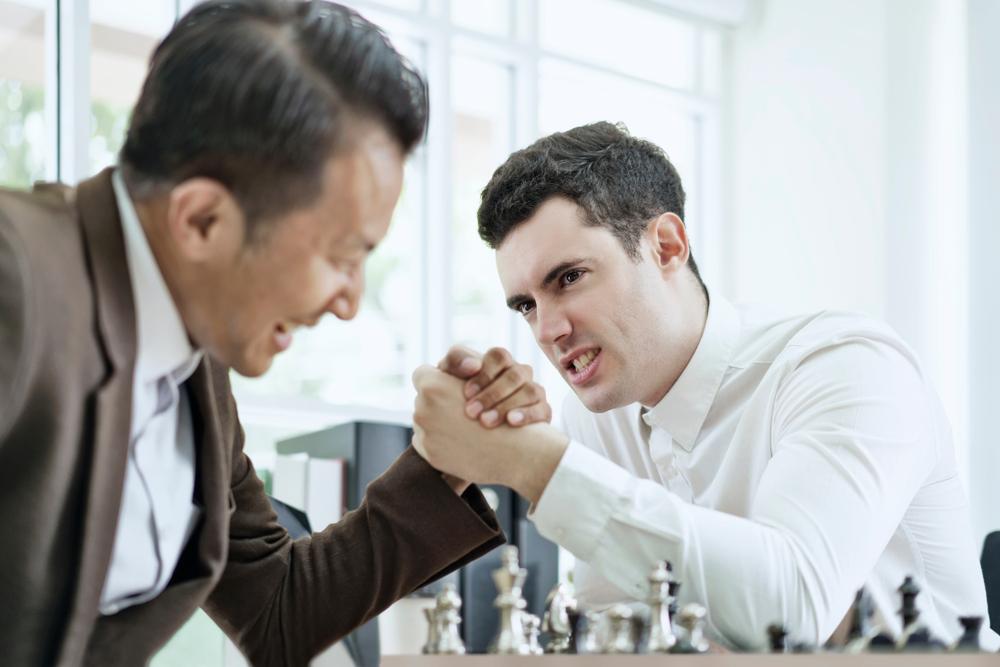
How To Win 'Dead Drawn' Endgames
Endgames with opposite-colored bishops are probably the most difficult endgames for lower-rated players to understand.
The common misunderstanding here is that all of these endgames are drawn. I wish I had a nickel for every time my students said something like: "It is a dead draw now since we have an opposite-colored-bishops endgame".
Even Wikipedia says, "Without other pieces (but with pawns) these endings are notorious for their tendency to result in a draw."
Please notice the key words "without other pieces"!
As we add some pieces, the opposite-colored bishops start losing this drawish tendency. Moreover, a couple of weeks ago we talked about middlegames with opposite-colored bishops on the board and saw that in most cases the opposite-colored bishops only increased one of the player's advantage.

Now let's take a look at an endgame that made an enormous impression on me when I was a kid:
In his annotations to the game, Aron Nimzowitsch says, "A dead draw!? By no means. There is still a great deal in the position and the game is only just beginning."
He read my mind, since when I analyzed this game I indeed thought that it was a dead draw! In reality, while White's pawn majority on the queenside is completely useless, Black can make progress on the opposite side of the board.
Now, see how Nimzowitsch wins this "dead drawn" endgame almost without any visible mistakes by his opponent!
Now let's look at a more modern example. Some inexperienced players might even think that Black is better in the following position since she has a passed c4 pawn. In reality, this endgame is very difficult for Black and to some extent similar to Nimzowitsch's game.
While Black cannot move her passed pawns on the queenside, White uses her pawn majority on the kingside. Amazingly, the bishop on c3 didn't move till the end of the game, and yet it was the true first violin of White's orchestra!
Wikipedia also says: "With additional pieces, the stronger side has more chances to win, but not as many as if the bishops were on the same color."
This is a questionable statement since in some positions opposite-colored bishops are the only advantage of the stronger side.
Remove the opposite-colored bishops from the following position and it would be difficult to say who is better. So it is precisely the opposite-colored bishops that allow Black to execute the classical Nimzowitsch plan: Push the kingside pawns while White's pawns on the opposite side are pretty much unmovable.
Enjoy the legendary technique of Anatoly Karpov!
I hope the main idea of this article is quite obvious: Just like you shouldn't judge a book by its cover, you shouldn't call an endgame a "dead draw" just because the opposite-colored bishops are on the board.

